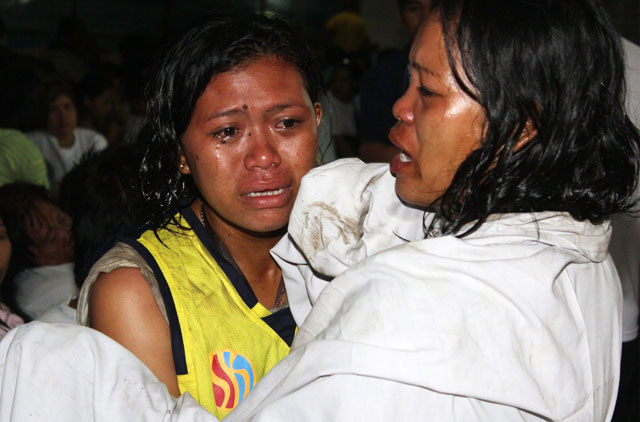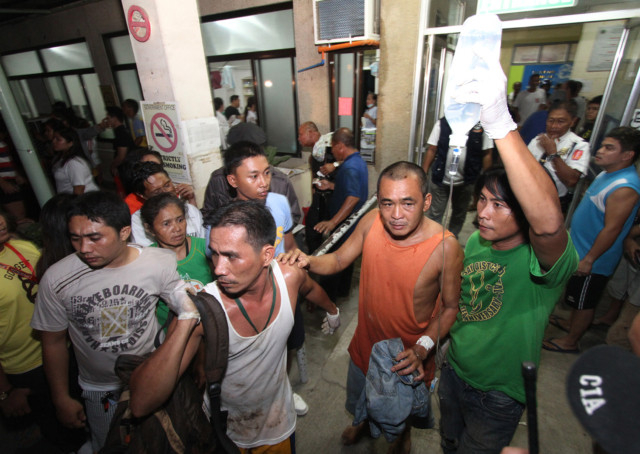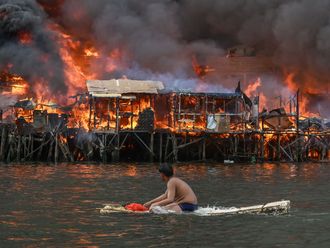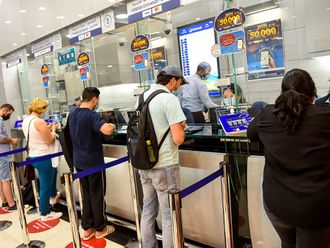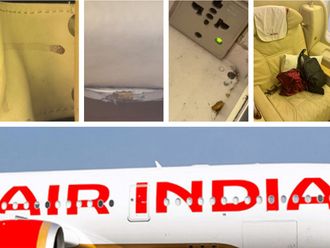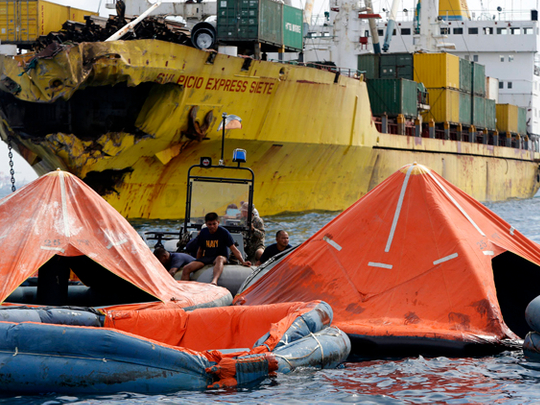
Cebu: Philippine rescuers searched on Saturday for more than 200 people missing after a ferry collided with a cargo ship in thick darkness and sank almost instantly, with 28 already confirmed dead.
The St Thomas Aquinas ferry was carrying 870 passengers and crew when the accident occurred late on Friday night in calm waters near the port of Cebu, the Philippines' second biggest city, authorities said.
Coastguard and military vessels, as well as local fishermen on their own small boats hauled more than 600 people out of the water alive.
But on Saturday morning, 214 people were still unaccounted for and 28 bodies had been retrieved, according to the coastguard, which warned the death toll would inevitably rise.
"It did not take long, about 10 minutes, before the ferry sank," Rear Admiral Luis Tuason, vice commandant of the coastguard, said on DZBB radio.
"The captain managed to declare abandon ship and they distributed life jackets but, because of the speed by which it went down, there is a big chance that there are people trapped inside."
One survivor, Maribel Manalo, 23, recounted to her brother the horror of suddenly being plunged into the cold water in darkness, and emerging from the chaos without her mother.
"She said there was a banging noise then the boat suddenly started sinking," the brother, Arvin Manalo, told AFP.
"They quickly strapped on life jackets and then jumped into the dark sea. She said they felt like they were pulled under. My sister said she pushed our mother up, but they got separated.
"My sister was rescued. My sister knows how to swim, but my mother does not."
He said their mother, 56, remained missing.
The accident occurred at 9pm in the mouth of a narrow strait leading into the port between two and three kilometres from shore, authorities said.
Fifty-eight babies were among the passengers on board the ferry, according to the coastguard, and it was unclear how many of them survived.
Navy divers on a speed boat scoured the sea on Saturday morning amid orange life rafts that had already been mostly emptied, according to an AFP photographer on the scene.
However, two lifeless bodies were seen on one raft.
Tuason said helicopters had also been deployed and specialist divers sent to search through the sunken vessel.
Local fisherman Mario Chavez told AFP he was one of the first people to reach passengers after the ferry sank in the 82-metre-deep channel.
"I plucked out 10 people from the sea last night. It was pitch black and I only had a small flashlight. They were bobbing in the water and screaming for help," he said.
"They told me there were many people still aboard when the ferry sank... they told me many were sleeping. There were screams, but I could not get to all of them. It was difficult to find them. I felt really bad."
Rachel Capuno, a security officer for the ferry's owners, told Cebu radio station DYSS the vessel was sailing into port when it collided with the cargo ship.
"The impact was very strong," she said.
The cargo ship, Sulpicio Express 7, which had 36 crew members on board, did not sink.
Tuason said it appeared one of the vessels had violated rules on which lanes they should use when travelling in and out of the port.
He said the captain of the Thomas Aquinas was among those rescued, and was being questioned.
The Thomas Aquinas was a "roll-on, roll-off" ferry, which allows vehicles to be driven aboard and is commonly used in the Philippines.




